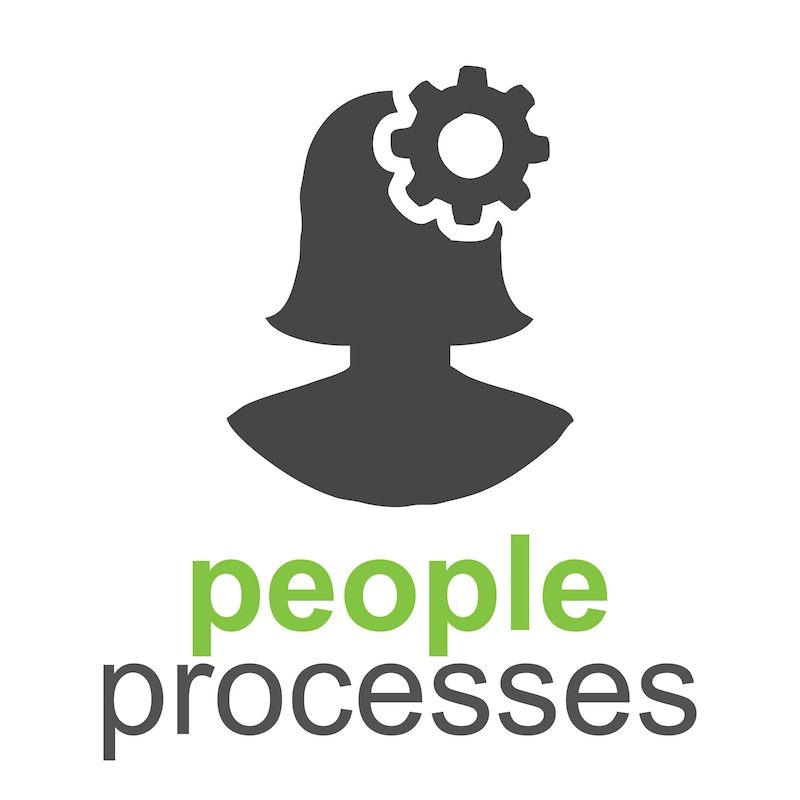Shownotes
You are an applicable large employer if you averaged at least 50 full-time employees, including full-time equivalent employees, during the prior calendar year. ALEs are subject to information reporting and the employer shared responsibility provisions.
Steps to determine your status as an ALE
1.Determine how many full-time employees you had each month of the prior calendar year. Under the ACA, a full-time employee for any calendar month is one who has, on average, at least 30 hours of service per week, or at least 130 hours per calendar month. There are exceptions for seasonal workers and employees with medical coverage under TRICARE or the Department of Veterans Affairs.
2.Determine how many full-time equivalent employees you had each month of the prior calendar year. Todo this, combine the number of hours of service of all non-full-time employees for the month –and divide that total by 120. Make sure you do not include more than 120 hours of service per employee. The same exceptions above for seasonal workers and workers with coverage under TRICARE or the Department of Veterans Affairs apply when determining the number of full-time equivalent employees.
3.For each calendar month, add your full-time and full-time equivalent employees for a monthly total. Add the monthly totals. Divide the sum of the monthly totals by 12. If the result is 50 or more employees, you are an ALE.
The law treats employers in an aggregated group as a single employer for determining ALE status. You are part of an aggregated group if you have a certain level of common ownership or are otherwise related to other employers. These employers must add together all full-time employees of the aggregated group, including full-time equivalent employees, to determine the status of the combined group of employers as an ALE. Generally each individual ALE member is responsible for its own employer shared responsibility payment.
Responsibilities for applicable large employers
ALEs are subject to information reporting requirements and generally use Forms 1094-C and Forms 1095-C to report information to the IRS and their employees about the coverage offered. Employers that sponsor self-insured group health plans have additional information reporting requirements as a coverage provider.
ALEs also are subject to the employer shared responsibility payment provisions. You may have to make a shared responsibility payment if at least one full-time employee receives the premium tax credit for purchasing individual coverage through the Health Insurance Marketplace and you:
• failed to offer coverage to at least 95 percent of full-time employees and their dependents, or
• offered coverage to at least 95 percent of full-time employees but not to the particular full-time employee receiving the credit (one of the 5 percent), or
•offered coverage that was not affordable,
•offered coverage that did not provide a minimum level of coverage.
The Shared Responsibility payment amount vary from about $3,000 per employee who got a credit on the exchange, to $2500 for each and every employee you did not offer coverage to who should have been offered.




